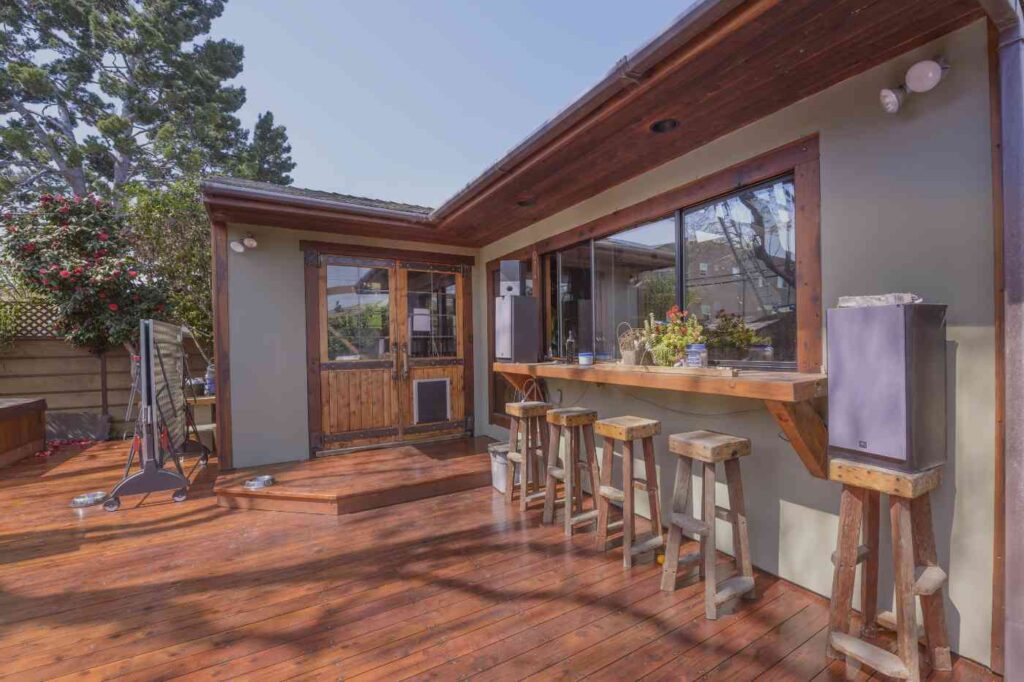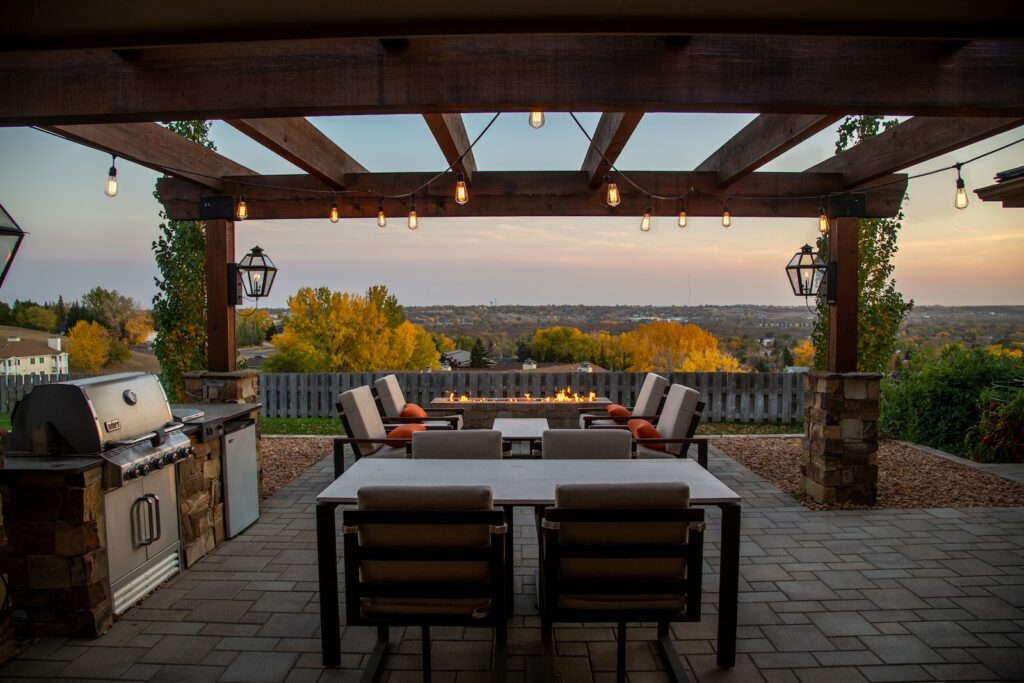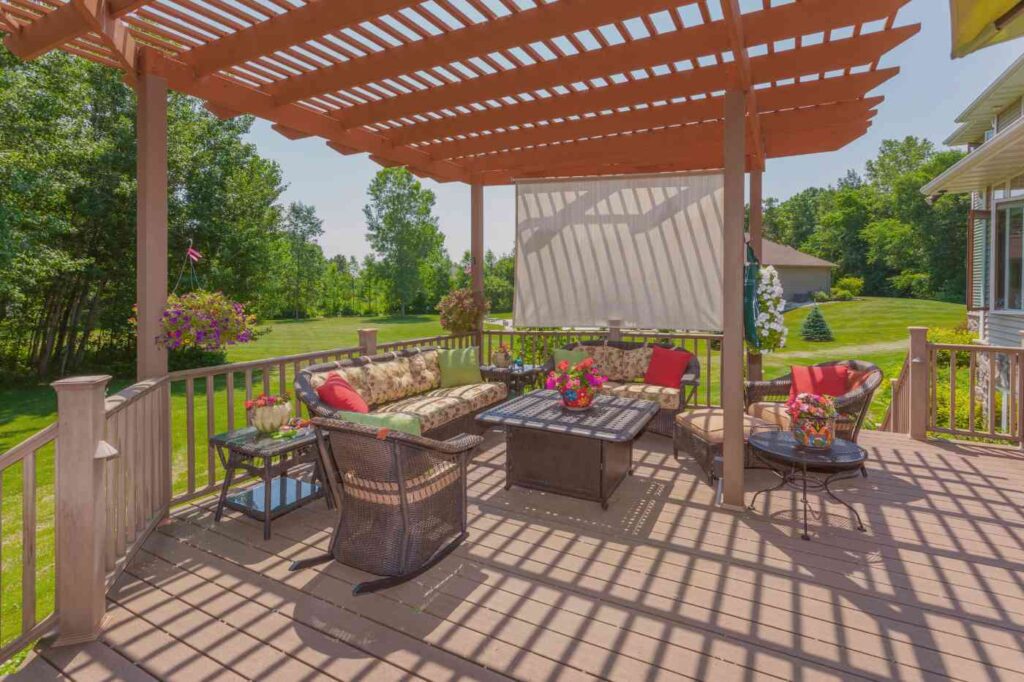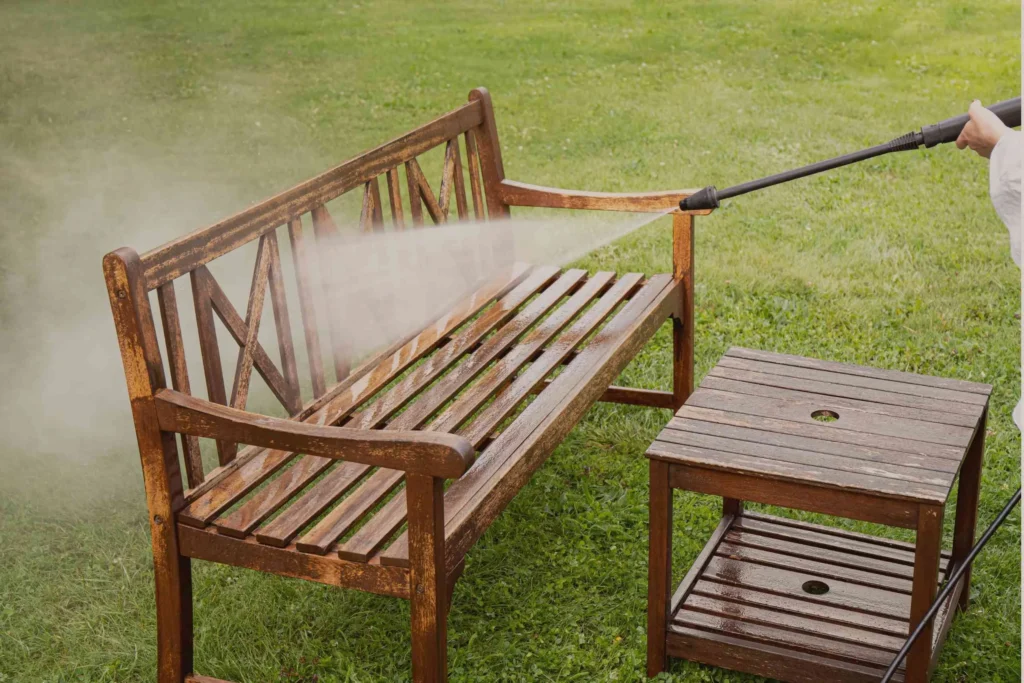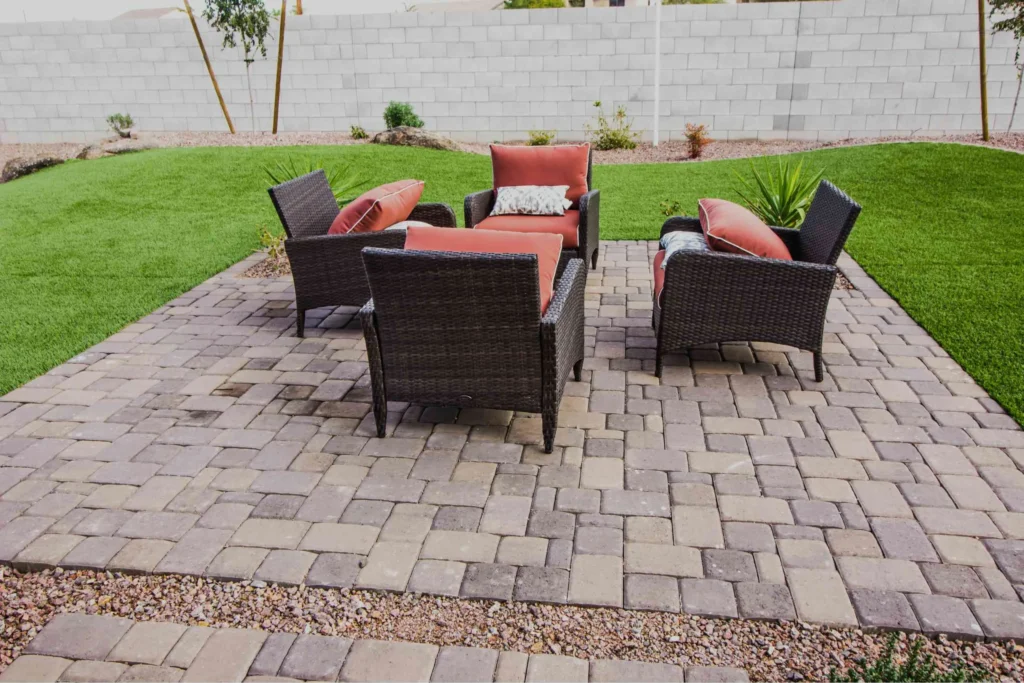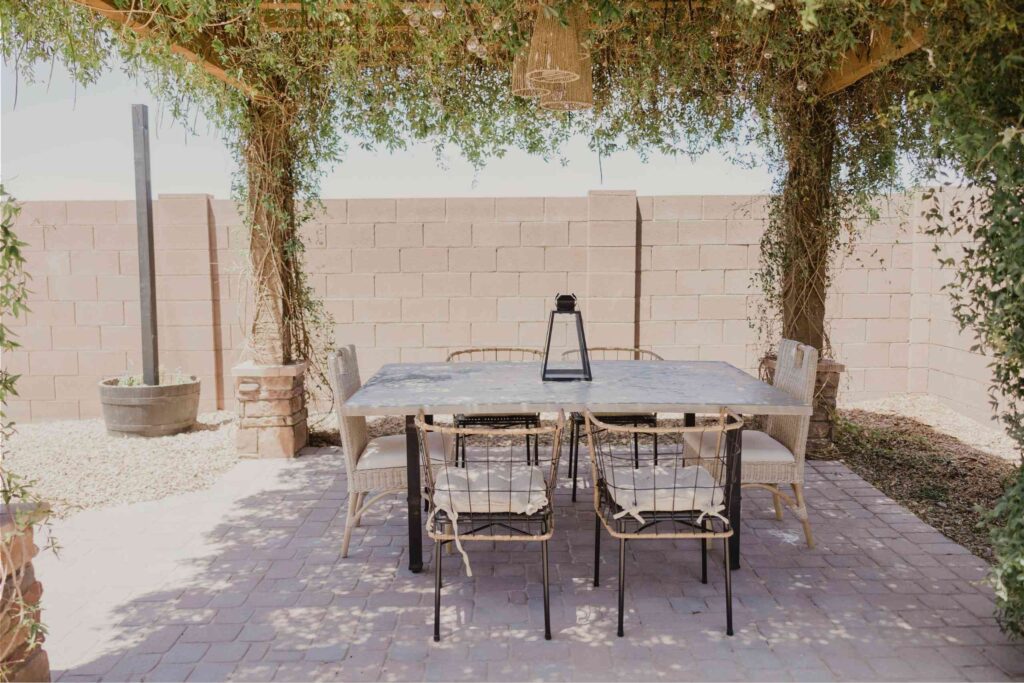A well-designed patio can serve as the perfect outdoor retreat—a place where you can relax, entertain, and enjoy the beauty of your surroundings. Whether you have a sprawling backyard or a cozy urban space, a patio can be tailored to meet your needs and reflect your personal style. But creating a patio that is both functional and stylish requires careful planning and thoughtful design choices.
In this ultimate guide, we’ll walk you through the essential steps to designing a patio that not only looks great but also works seamlessly with your lifestyle. From choosing the right materials to selecting furniture and accessories, we’ll cover everything you need to know to create a patio that’s perfect for you.
1. Assess Your Space and Needs
Contents
Before diving into the design process, take a moment to assess your space and determine how you plan to use your patio. Understanding your needs and the limitations of your space will help you make informed decisions as you move forward.
Consider the Size and Layout:
Start by measuring the available space for your patio. Consider the shape and size of your yard, and think about how the patio will fit within the overall landscape. If you have a large yard, you may have the flexibility to create multiple zones for different activities, such as dining, lounging, and gardening. In smaller spaces, you’ll need to be more strategic about how you allocate the area to ensure it meets your needs.
Define Your Purpose:
Think about how you want to use your patio. Are you looking for a space to host outdoor dinners and barbecues, or do you envision a quiet retreat where you can read and relax? Do you need a play area for children, or a garden space for growing herbs and flowers? Defining the primary purpose of your patio will guide your design choices and help you prioritize features.
Consider the Climate:
Your local climate will also play a role in the design of your patio. In hot, sunny climates, you’ll need to consider shade options and heat-resistant materials. In cooler, wetter regions, you may want to incorporate weather-resistant furniture and design features that provide protection from the elements.
2. Choose the Right Materials
The materials you choose for your patio will impact both its functionality and aesthetic appeal. From flooring to furniture, selecting durable and stylish materials is key to creating a patio that stands the test of time.
Flooring Options:
The flooring is the foundation of your patio, so it’s important to choose a material that’s durable, weather-resistant, and visually appealing.
- Concrete: Concrete is a popular choice for patio flooring due to its durability and versatility. It can be poured in a variety of shapes and sizes and can be stamped, stained, or painted to create different textures and patterns. Concrete is also relatively low-maintenance, making it a practical option for busy households.
- Pavers: Pavers are individual stones or bricks that are laid out in a pattern to create a durable, non-slip surface. They come in a wide range of colors, shapes, and sizes, allowing you to create custom designs that complement your home’s architecture. Pavers are also easy to repair—if one becomes damaged, it can be replaced without affecting the rest of the patio.
- Natural Stone: For a more luxurious look, consider natural stone such as flagstone, slate, or travertine. Natural stone adds texture and elegance to your patio, but it can be more expensive and may require sealing to protect against stains and weathering.
- Decking: If you prefer the warmth and natural beauty of wood, consider using decking materials like hardwood or composite decking for your patio floor. Wood decking adds a classic, rustic charm, but it requires regular maintenance to prevent rot and fading. Composite decking offers a low-maintenance alternative that mimics the look of wood without the upkeep.
Furniture Materials:
The furniture you choose for your patio should be comfortable, durable, and weather-resistant.
- Wicker: Wicker furniture is lightweight, stylish, and available in a variety of colors and designs. Synthetic wicker, in particular, is durable and resistant to moisture, making it a great option for outdoor use.
- Metal: Metal furniture, such as aluminum or wrought iron, is strong and durable, with a sleek, modern look. Aluminum is lightweight and rust-resistant, while wrought iron is heavier and more traditional in style. Metal furniture may require cushions for comfort, so be sure to choose cushions with weather-resistant fabric.
- Wood: Wooden furniture adds natural warmth and beauty to your patio. Teak, cedar, and eucalyptus are popular choices for outdoor furniture because of their durability and resistance to moisture and insects. Wood furniture will need to be treated with oil or sealant to maintain its appearance.
- Plastic: Plastic furniture is affordable, lightweight, and easy to clean. It’s available in a wide range of styles and colors, making it a versatile option for any patio. High-quality plastic furniture can be durable and resistant to fading, but it may not have the same aesthetic appeal as other materials.
3. Create a Functional Layout
A well-designed patio should be functional, with a layout that makes it easy to move around and enjoy the space. Consider the flow of traffic, the placement of furniture, and the needs of different activities when planning your layout.
Zoning:
If your patio is large enough, consider dividing it into zones for different activities. For example, you could have a dining area with a table and chairs, a lounging area with comfortable seating, and a garden area with planters or raised beds. Zoning helps create a sense of order and allows you to make the most of your space.
Traffic Flow:
Ensure that there is a clear path for moving around the patio. Avoid placing furniture or obstacles in high-traffic areas, and make sure there’s enough space for people to walk comfortably between different zones. If your patio connects to other areas of your yard, consider how people will move between these spaces.
Furniture Arrangement:
Arrange your furniture to encourage conversation and relaxation. In a seating area, arrange chairs and sofas facing each other to create a cozy gathering spot. In a dining area, make sure there’s enough space around the table for chairs to be pulled out comfortably. If you have a focal point, such as a fire pit or water feature, arrange the furniture to take advantage of the view.
4. Incorporate Shade and Shelter
Adding shade and shelter to your patio is essential for comfort, especially in hot or rainy climates. There are several options for creating shade, ranging from simple umbrellas to more permanent structures.
Umbrellas:
A patio umbrella is an affordable and versatile way to add shade to your outdoor space. Umbrellas are available in a variety of sizes, colors, and styles, and they can be moved or adjusted as needed. Choose an umbrella with a sturdy base and weather-resistant fabric to ensure it lasts through the seasons.
Pergolas:
A pergola is a more permanent structure that provides partial shade and adds architectural interest to your patio. Pergolas can be made from wood, metal, or vinyl and can be covered with climbing plants, fabric, or retractable canopies to provide additional shade.
Awnings:
An awning is a retractable or fixed cover that extends from the side of your home to provide shade and protection from the elements. Awnings are available in various materials, including canvas, vinyl, and metal, and can be customized to match your home’s exterior.
Gazebos and Pavilions:
For full coverage, consider adding a gazebo or pavilion to your patio. These structures provide complete shelter from the sun and rain and can be equipped with screens or curtains for added privacy. Gazebos and pavilions are available in various sizes and styles, making them a versatile option for any patio.
5. Add Personal Touches with Decor
The finishing touches are what make your patio feel like an extension of your home. By adding personal touches and thoughtful decor, you can create a space that’s uniquely yours.
Outdoor Rugs:
An outdoor rug can anchor your seating area and add color and texture to your patio. Choose a rug made from weather-resistant materials that can withstand the elements and is easy to clean.
Throw Pillows and Cushions:
Add comfort and style to your outdoor furniture with throw pillows and cushions. Choose fabrics that are designed for outdoor use, with colors and patterns that complement your patio’s design.
Lighting:
Outdoor lighting is essential for creating ambiance and ensuring your patio is usable after dark. Consider a mix of lighting options, such as string lights, lanterns, or solar-powered garden lights, to create a warm and inviting atmosphere.
Plants and Greenery:
Incorporate plants and greenery to add life and color to your patio. Potted plants, hanging baskets, and vertical gardens can all be used to enhance your outdoor space. Choose plants that thrive in your climate and require minimal maintenance.
Art and Accessories:
Finally, add personal touches with outdoor art, such as sculptures, wall hangings, or decorative signs. Accessories like candles, vases, and decorative trays can also add a touch of elegance and make your patio feel more like an outdoor living room.
6. Enjoy Your Perfect Patio
Designing a functional and stylish patio is a rewarding project that can significantly enhance your outdoor living experience. By carefully considering your needs, choosing the right materials, and adding personal touches, you can create a patio that’s both beautiful and practical.
Whether you’re hosting a summer barbecue, enjoying a quiet morning coffee, or spending time with family and friends, your patio will become a cherished part of your home. With thoughtful planning and attention to detail, you can create a space that reflects your style and meets your needs, providing a perfect outdoor retreat for years to come.
